Uwe, a little bit is always possible ...
I can see
 |
As a way to introduce our brass coins to the community, we will raffle off a free coin during the month of August. Follow link ABOVE for instructions for entering. |
 |
 |
The beloved Ships in Scale Magazine is back and charting a new course for 2026! Discover new skills, new techniques, and new inspirations in every issue. NOTE THAT OUR FIRST ISSUE WILL BE JAN/FEB 2026 |
 |
Uwe, a little bit is always possible ...

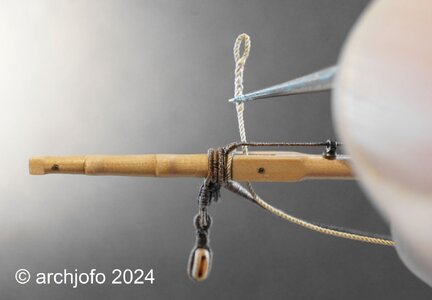
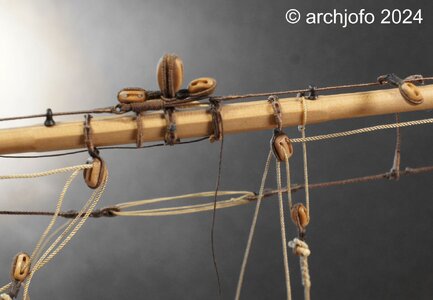
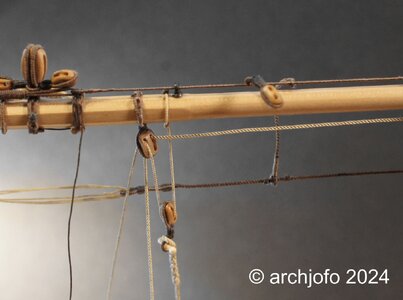
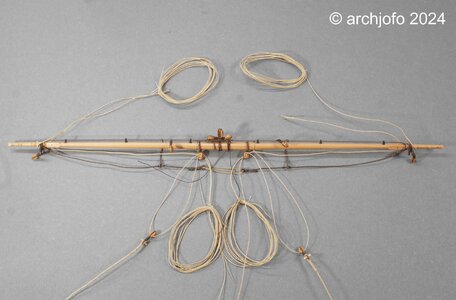
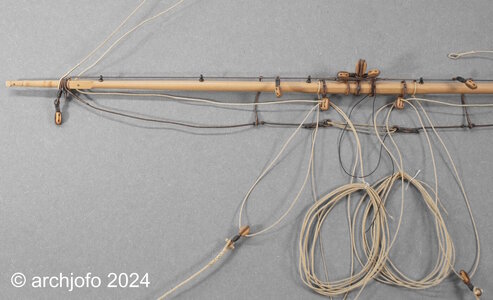
...you can always try other languages, thoughtI wish I had more superlatives in my vocabulary to share my admiration for this caliber of work...

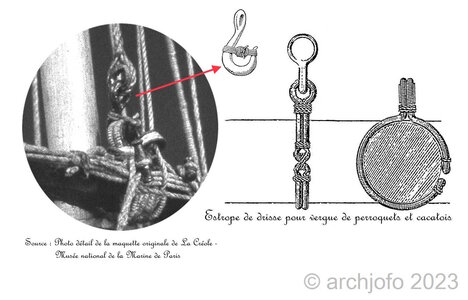
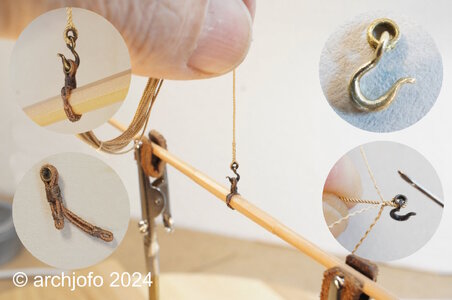
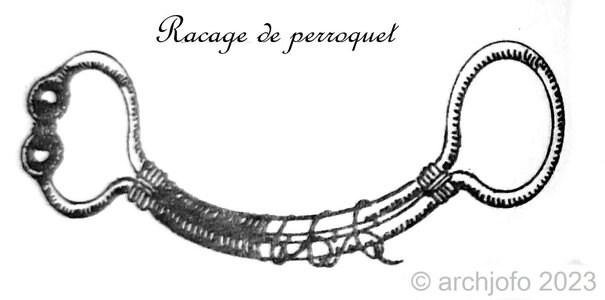
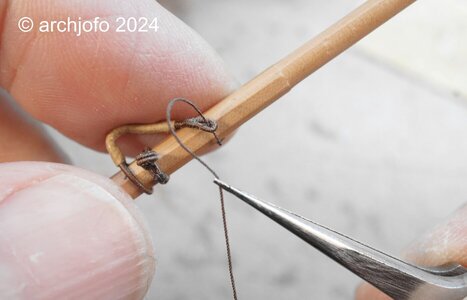
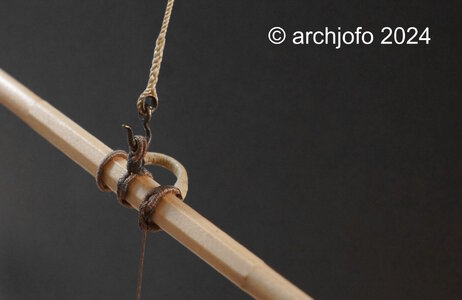
Good afternoon. This is just modelling at the highest level. Wow. Cheers Grant@Mirek
@shota70
@Peter V
@Uwek
Hello,
many thanks for the nice comments, and also thanks for the LIKES.
Actually, the equipment elements of the individual yards are more or less repeated again and again, except that the further up you go in the rigging, the smaller the dimensions.
So I could deal with this chapter in a condensed form.
But if you know me, you know that I'm merciless until the last yards ...
Completion: Equipping the mizzen topsail yard - Vergue de perroquet de fouge
The clew lines with the corresponding blocks, the sheet and the lifts were added to the final equipment of the mizzen topsail yard.
See the following pictures:
View attachment 420505
View attachment 420506
View attachment 420507
View attachment 420508
View attachment 420509
I'm still not quite sure whether the reef tackles should be simple and with a hook or with a block. I still need to do some research on this. Regardless of this, this yard will now be put to one side with the already equipped yards and work will begin on equipping the topgallant yards.
To be continued ...



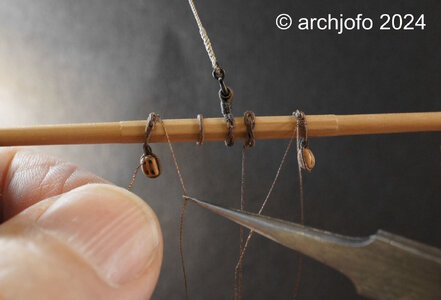
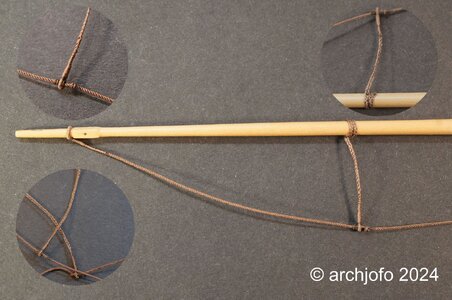
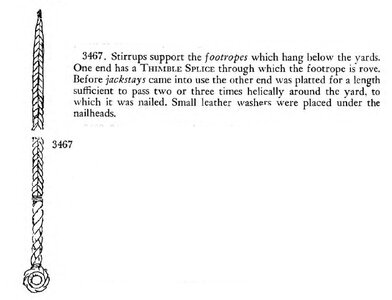


masterpiece!!!!!@Uwek
Hello Uwe,
today I can't surprise you with anything new, unfortunately it's about an old braid ...
Continuation: Equipment of the main topgallant yard – Vergue de grand perroquet
The next step was the production of the quarter blocks. In the first picture you can see the quarter blocks with a length of 3.0 mm that have already been provided with strops. At the top left of this picture I show these double blocks compared to a guide block that is used on the deck to redirect the topsail sheets.
View attachment 423069
Here the assembly of the quarter blocks is nearing completion.
View attachment 423070
Before I started making the footropes for the main topgallant yards, I tried to fundamentally clarify the execution details for the topgallant yards.
In this context, I found what I was looking for in the contemporary specialist literature “Manuel de Greement” by F. A. Coste from 1829 on pages 120/121. Accordingly, the footropes of the top gallantyards of the yardarms each extended slightly beyond the center of the yard, where they were then attached. These footropes could not be tensioned with lanyards like those of the lower yards and topsail yards.
Since the brams of the La Créole did not yet have a jackstage, unlike the lower yards and topsail yards, the stirrups were designed and attached in the conventional manner. This means that the ropes of the stirrups were braided and looped around the yard with two to three turns. The ends of the braids, also known as plating (in German, I don't know the English name), were fastened with flat-headed nails with leather washers.
As F. A. Coste describes, the number of stirrups in the topgallant yards must be chosen depending on the yard length. For a corvette like the La Créole, one stirrup per half of the yard should be sufficient.
To make the stirrups, I was able to find the following in the specialist book “The Ashley Books of Knots” by C. W. Ashley:
View attachment 423071
Of course I had the ambition to implement this detail for my Corvette too. After tying in the thimble, the braid was made after unraveling the rope of the stirrup. This is how the meaning of the braid became clear to me. Since these were no longer round but flat, they could be wrapped very well and tightly around the yard and securely nailed down.
Since I still had a main topgallant yard as scrap from making the yards, I was able to try out attaching the braids to it. The result can be seen in the next picture.
View attachment 423068
I think that's how I'll ultimately implement it at the topgallant yards.
Sequel follows …
you surprise me with every post my friend.today I can't surprise you with anything new, unfortunately it's about an old braid ...

